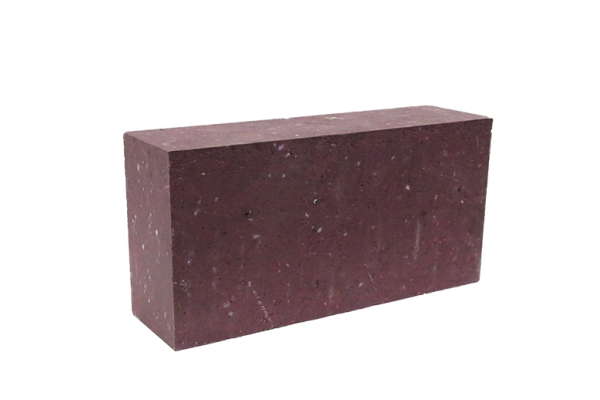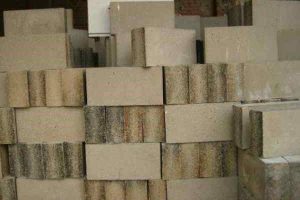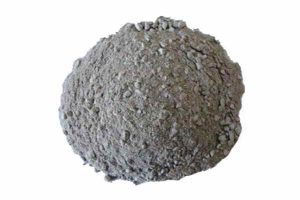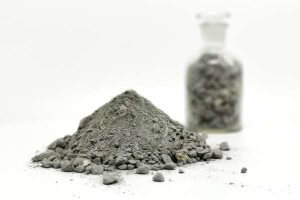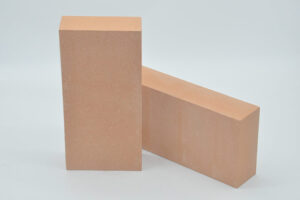Commonly Used Additives In Corundum Castables
Additives, also known as admixtures, are used in refractories to regulate the phase composition, microstructure and improve properties. Additives can be categorized in several ways:
According to their chemical composition, they can be divided into organic additives and inorganic additives.
(1) Inorganic additives contain inorganic salts, minerals, inorganic electrolytes, oxides, and hydroxides.
(2) Organic additives are generally surfactants. Surfactants, also known as water-reducing agents, include ionic (anionic, cationic), polymer water-reducing agents, and organic acid water-reducing agents.
According to the function and efficacy of the admixture, it can be categorized as follows.
(1) Admixtures used to improve the operational capacity of the casting slurry. They generally include flocculants, anti-flocculants, plasticizers, and water-reducing agents (dispersants).
(2) Additives that can change the speed of coagulation and hardening. Generally contains coagulant and retarder, and coagulant and contains fast and late two kinds.
(3) Additives that can change the internal organization. For example, air-entraining agents, defoamer, and so on.
(4) Additives that can improve construction performance. Commonly, there are water-retaining agents, anti-sinking agents and preservatives, and so on.
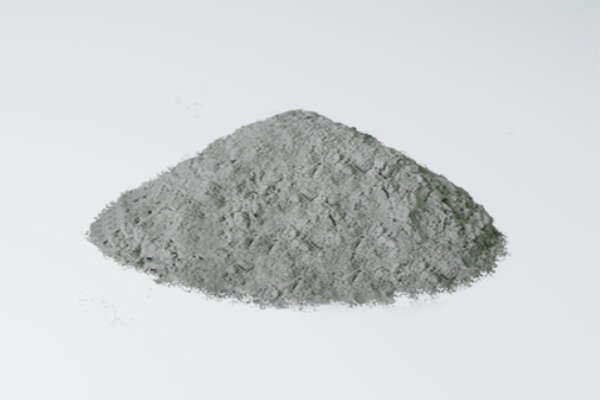
1. Water-Reducing Agent
The different charges of cement hydration products and the van der Waals force between the fine powder and many other reasons may lead to the small particles in the castables to appear flocculating structure, that is, the fine particles will be free water wrapped up, which leads to an increase in the demand for water in the castables.
Generally speaking, the smaller the particle size, the larger the amount of water that can be wrapped up, and the more likely to flocculate, increasing the water demand of the slurry. The main function of the water-reducing agent is to destroy the flocculating structure in the castables through electric protection (electrostatic repulsion) and space protection (hydration film). So that the free water wrapped in the structure can be released, thus significantly reducing the water demand for the castables.
In the construction process of castables, it is necessary to add dispersants to achieve water reduction at the beginning, but in the reduction of water consumption at the same time, it should not affect the initial strength through cohesion and hardening. Therefore, the type and dosage of the water-reducing agent must be combined with the actual situation. The effects of different kinds and adding amounts of dispersants on the performance of corundum castables were explored, and finally, different kinds of additives with different optimal adding amounts were explored.
2. Coagulant Promoter And Retarder
The function of a coagulant promoter is to accelerate the solidification and hardening of the castables and reduce the time needed for solidification and hardening. If the accelerating effect does not appear immediately after adding but needs some time to have the effect of coagulation, then it is called a late-acting coagulant promoter.
The effect of the retarder is to make the casting material condensate, hardening process longer. Both accelerators and retarders are coagulants, but they are different types. Conditioning agents in the castables, generally act on the bonding agent, so different kinds of bonding agents and bonding modes need to correspond to different conditioning agents to achieve the best use effect.
Cement bonding is the most common bonding method for corundum castables, so there are many coagulants applied to hydration bonding. Common accelerators include lithium salt, Ca(OH)2, Na2CO3, K2CO3, Na2SiO3, and so on. Common retarders include citric acid and citrate, phosphoric acid and phosphate, acetic acid, carboxy carboxylate, Mg(OH)2, Ba(OH)2, NaSO4, NaCl, starch, sugar, seawater and so on.
Additives for castables to promote and retard the role of very complex, many places have not been studied thoroughly, with the structure of the additives, properties, and the composition of the cement, hydration conditions, and other factors related to the application of only according to the actual situation of a reasonable choice to be able to obtain better construction conditions.
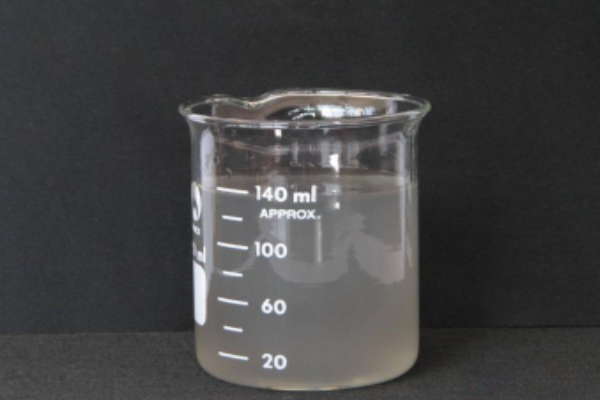
3. Mineralizing Agent
In the castables, often used to add a very small amount of additives can be used to achieve the purpose of sintering and improve some of the properties of the products. Mineralizers are often used to control the formation or reaction of substances, and TiO2 is a common mineralizer used in the synthesis of Mg-Al spinel.
Previous studies have shown that the addition of TiO2 to Al-Mg castables is beneficial to sintering and the formation of CA6. Its incorporation into corundum castables has also been reported.
For example, when added to calcium aluminate cement bonded corundum castables, MgCl2 can promote the formation of CA6, and the voids generated by the decomposition of MgCl2 provide sufficient space for the growth of CA6 to reduce the expansion during the production process, resulting in larger grains and greater volume stability.
Adding CaCO3 to corundum castables, it was found that the generation of CA6 in the sintered specimens was higher and the grains were larger, but the expansion produced during its sintering process led to an increase in the apparent porosity of the castables, and the strength became smaller. The addition of 0.5 wt% MgCO3 can make the β-Al2O3 phase in corundum castables more stable and can promote the formation of plate structure so that the castables have better high-temperature strength.
Commonly Used Bonding Agents In Corundum Castables
Hydration bonding, chemical bonding, cohesion bonding, adhesion bonding, and high-temperature liquid phase bonding are all common bonding types in corundum-based castables, and each bonding type corresponds to a bonding mechanism.
Hydration bonding is a common type of bonding. In the presence of water, the hydrated phase of the bond can react exothermically with water at room temperature to produce different hydration products while coagulating and hardening to obtain strength.
Common binders of this type include ρ-Al2O3, aluminate cement, and so on.
Phosphates, water glass, and other binding agents are bonded by chemical reaction with the bonded material or additives (e.g., coagulants) to generate a bonded phase and form a bond.
This type of binding agent is a chemical binding agent. Aluminum phosphate-bonded corundum castables have the advantages of high strength, high abrasion resistance, high load softening temperature, and excellent resistance to slag erosion, and are commonly used in hot blast furnaces. Adding MgO as a hardener in solid aluminum phosphate-bonded corundum castables can shorten its hardening time and play a role in optimizing construction performance.
Adding a coagulant or adjusting the pH value to make the solid small particles – a water system in the suspension of particles to coalesce and produce bonding is called cohesive bonding.
The most common type of cohesive bonding is the silica-sol bonding agent, in addition to a variety of other colloidal bonding agent and suspension bonding agent that also belongs to this type of bonding. 1100 ℃ forging, using silica-sol as a bonding agent of corundum castable strength is due to the calcium aluminate cement bonding of corundum castable, and it can resist the temperature of the rapid change of the molten steel and the slag erosion and the high strength of the mid-temperature.
The addition of organic acids to silica-sol bonded corundum castables was found to improve the dispersion stability and also optimize the physical properties of the castables. The SiO2 nanoparticles in the silica sol were filled between the particles, reducing the void size, and the liquid phase appeared at high temperatures, resulting in the release of stress at the crack tip, and the ability of the specimen to withstand stress and rapid temperature changes was significantly optimized.
Adhesive bonding is a bond formed by joining solids together by physical or chemical action at low temperatures. This includes physical adsorption (Van der Waals forces), chemical adsorption, bonding by interconnection of membranes formed on the surface of particles through penetration and diffusion of the binding agent, and bonding by mutual attraction of the bilayer at the interface between the binding agent and the particles under electrostatic action.
High-temperature liquid phase bonding is often also referred to as ceramic bonding. Commonly, boronic anhydride or boric acid are used as binding agents for corundum refractories. At low temperatures, B2O3 produces a liquid phase that binds the corundum material, and at high temperatures it produces 9Al2O3-2B2O3 with a high melting point, resulting in a bond. A common ceramic bond is also the Sialon bond.
Corundum bricks prepared in this way have great advantages in terms of resistance to alkali metal attack, strength, thermal shock resistance, and oxidation resistance, and are commonly used in blast furnace linings. The addition of a small amount of flux during the preparation process gives the sialon bond castables the right amount of linear variation for use in permeable bricks.

